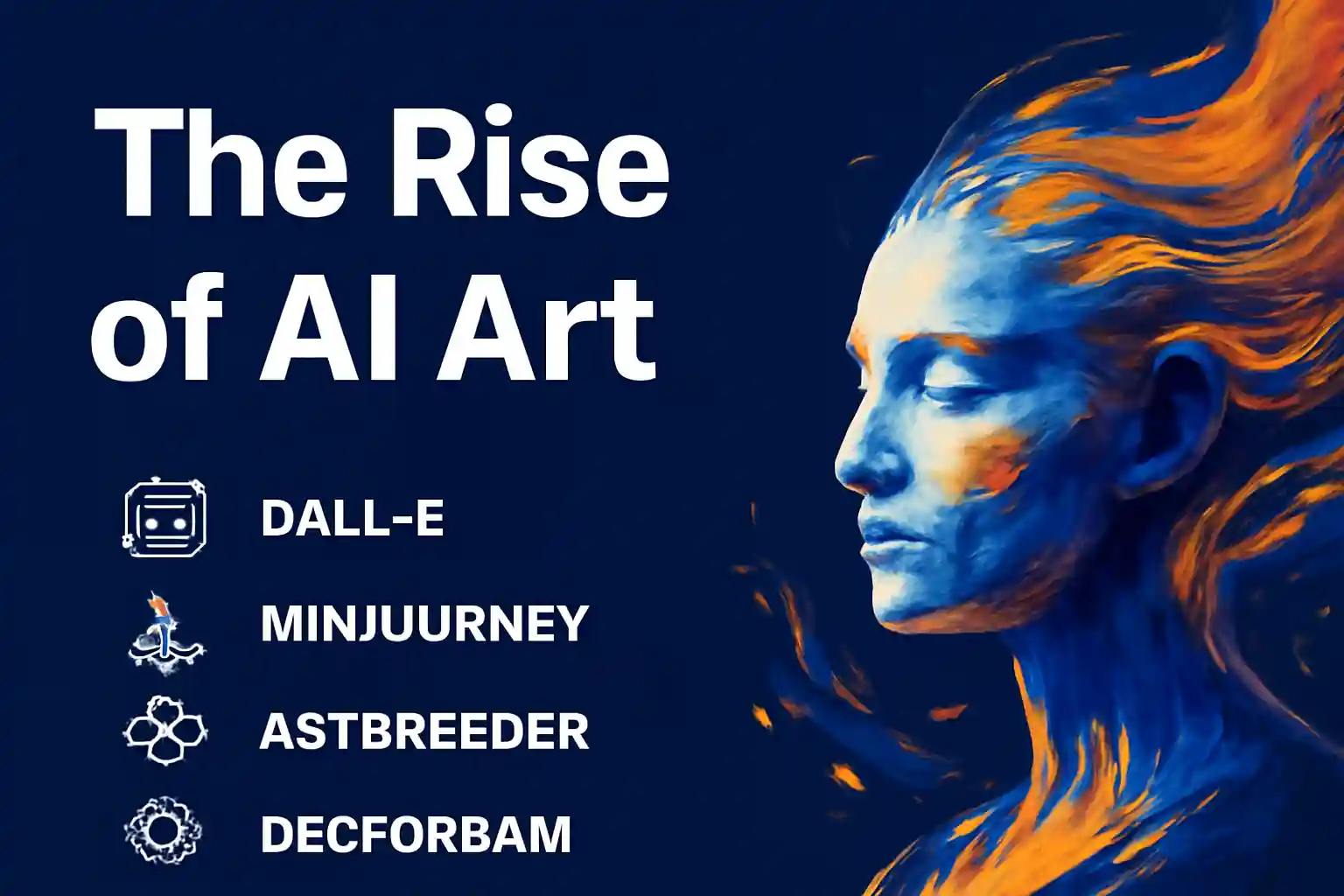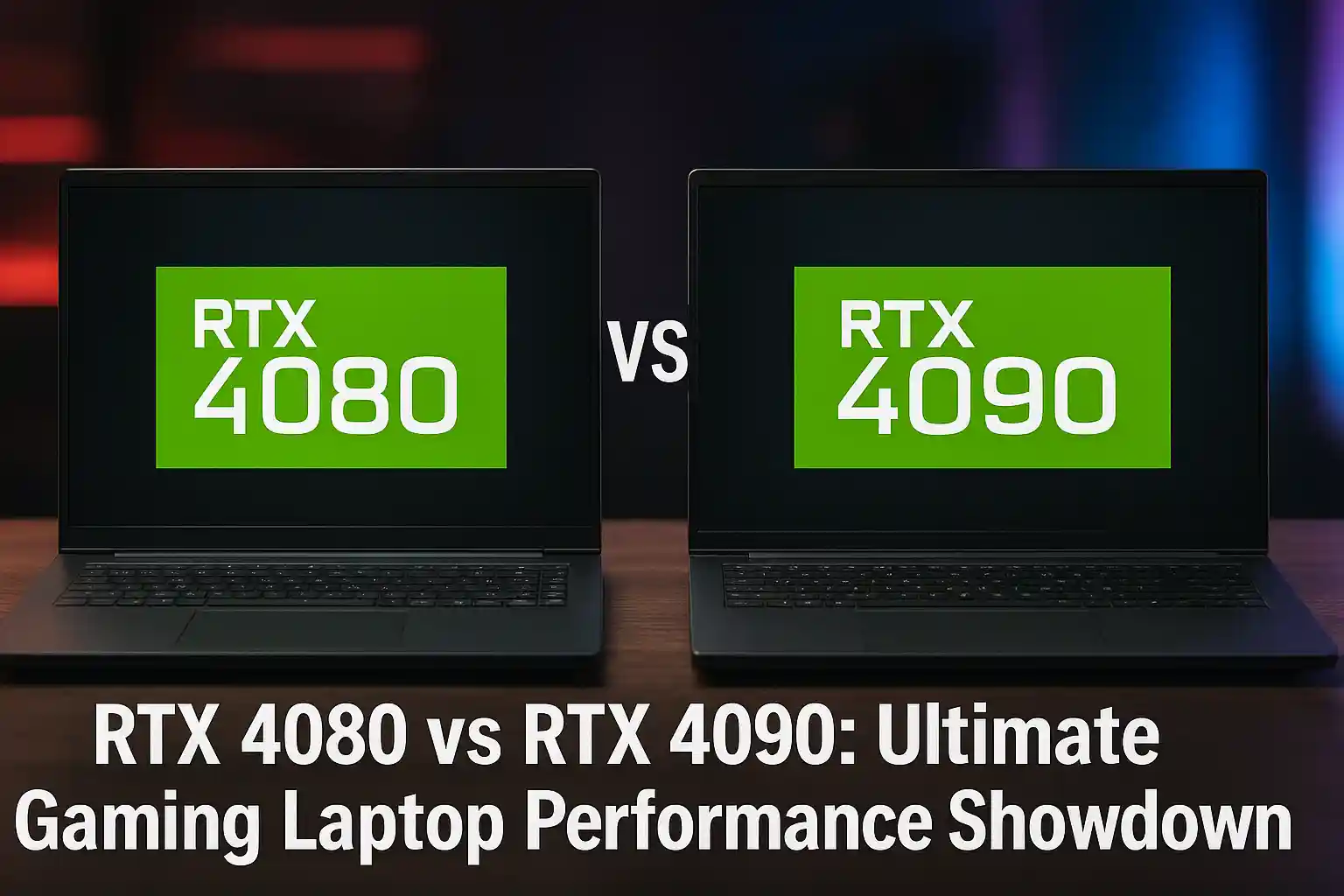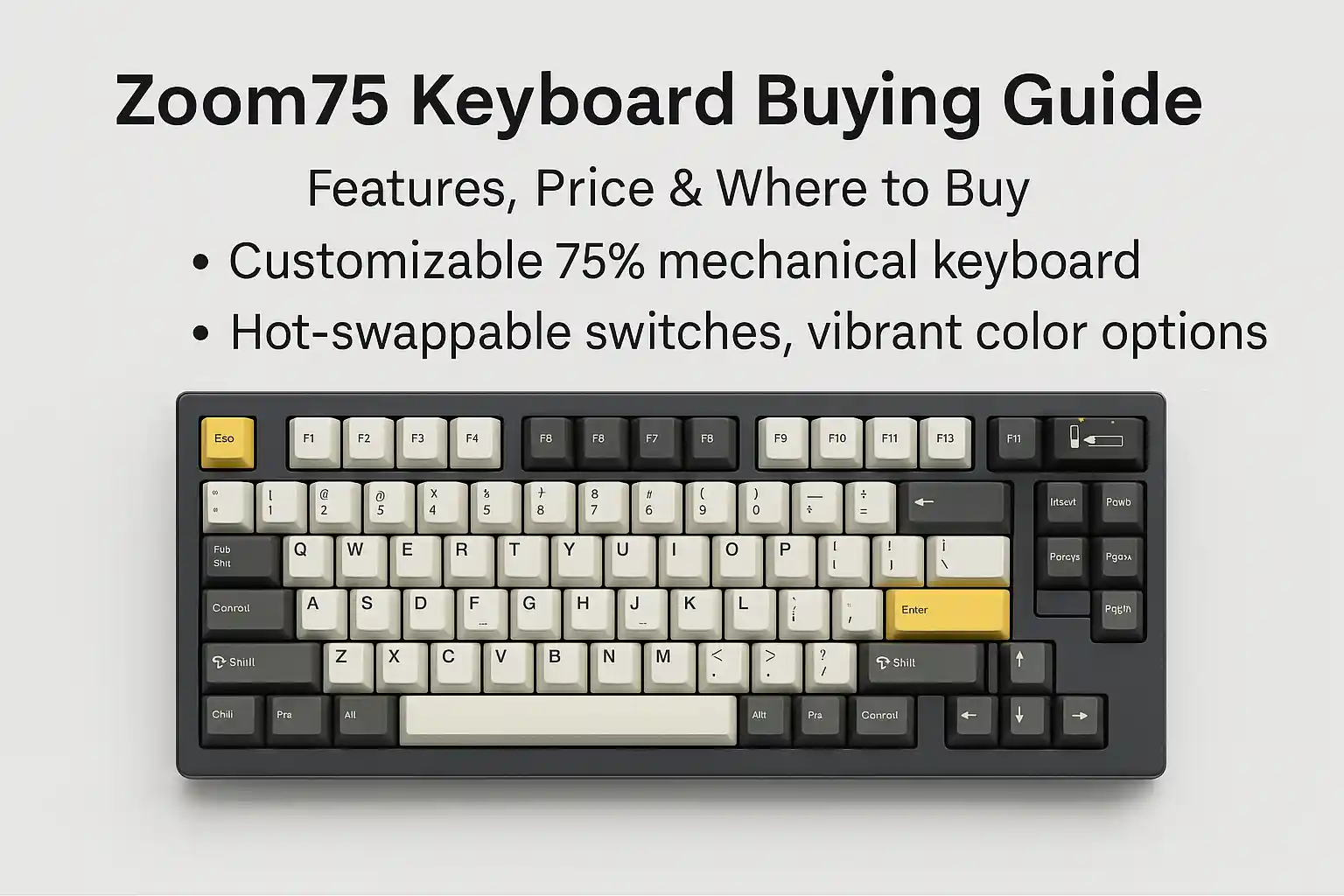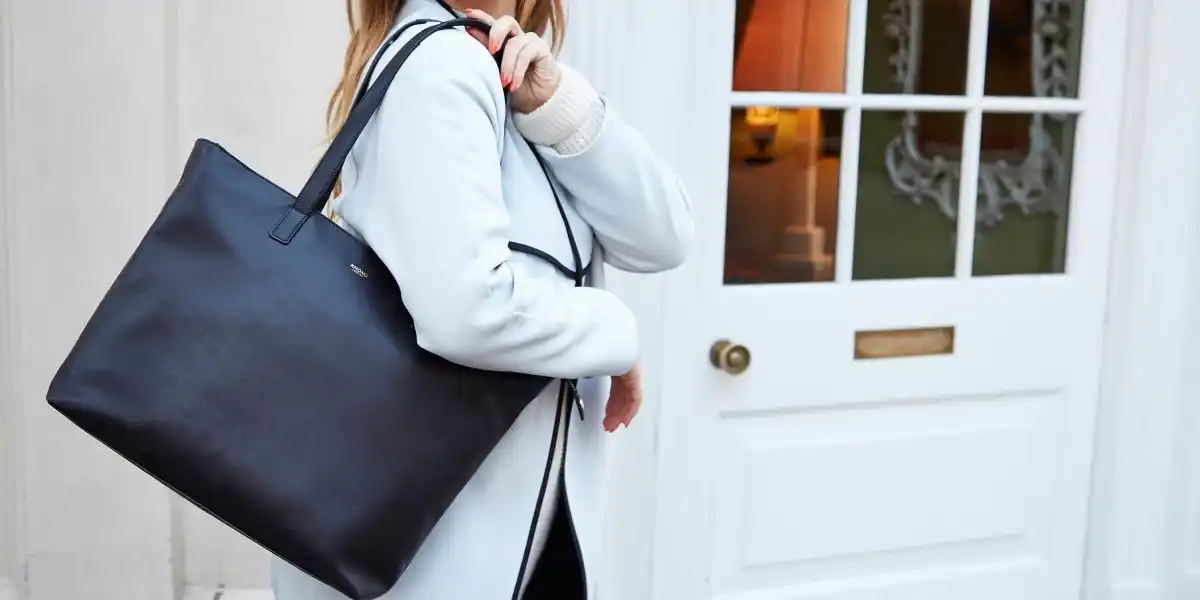Introduction: The Emergence of AI Art
In the past few years, the creative world has witnessed a monumental shift, with artificial intelligence (AI) now playing a central role in the creation of art. AI art is no longer a futuristic concept but a reality that is reshaping how we perceive, create, and experience art. From generating stunning visuals to composing music and even writing poetry, AI is enhancing the creative process in unprecedented ways.
The rise of AI art tools like DALL·E, Midjourney, and Artbreeder has opened up new avenues for artists, designers, and creators. These tools allow anyone—regardless of their artistic skills—to generate complex, highly detailed artworks by simply entering a prompt. AI art is democratizing creativity, breaking down traditional barriers and providing limitless opportunities for artistic expression.
In this article, we will explore the fascinating world of AI-generated art. How it is transforming the creative industries, the ethical debates surrounding its authenticity, and its future in the ever-evolving landscape of digital creativity.
What is AI Art?
AI art refers to the creation of artwork using artificial intelligence algorithms. Unlike traditional art, which relies on human skill, emotion, and intuition, AI-generated art is produced through complex mathematical models and data processing. These AI tools, powered by deep learning techniques, analyze and mimic patterns from vast databases of existing art to create new, original pieces.
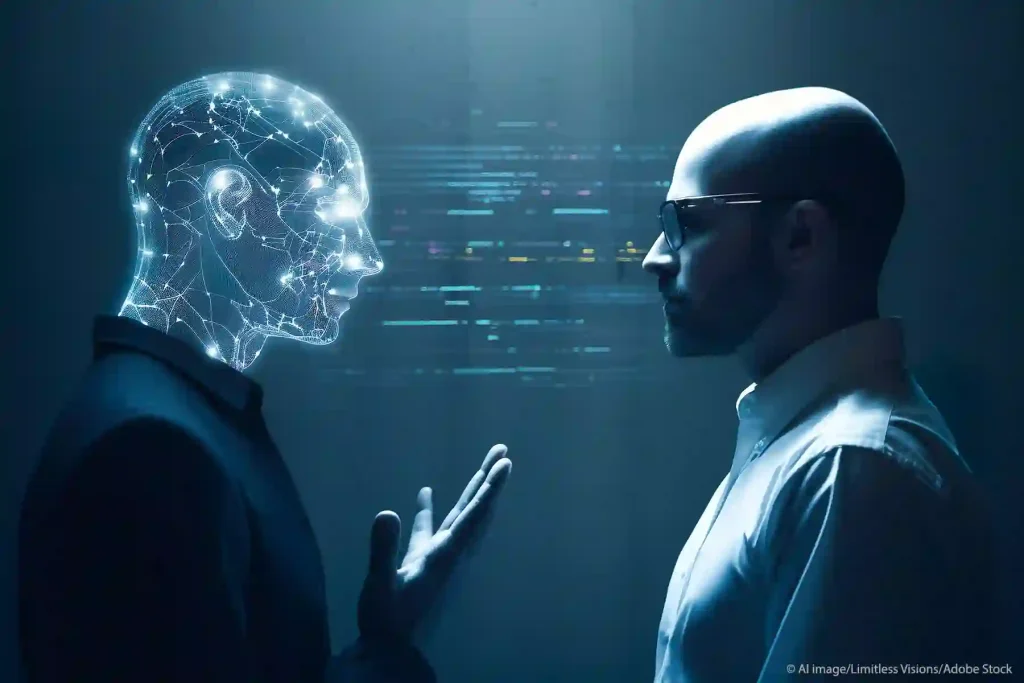
What makes AI art unique is its ability to combine various styles, genres, and influences to produce highly innovative works that humans alone might not have conceived. This intersection of technology and creativity is giving rise to a new era of artistic expression.
Popular AI Art Tools
DALL·E by OpenAI
One of the most notable tools is DALL·E, created by OpenAI. DALL·E is an image generation model that uses text descriptions to create artwork. By simply typing in a prompt, users can generate completely unique and imaginative images that may never have existed before. For example, you could type “a futuristic city at sunset with flying cars” and DALL·E will generate a detailed image based on that description. Its ability to combine various concepts in creative ways has sparked a revolution in how we approach digital art.
Midjourney
Midjourney is another AI art tool that has gained significant traction in the creative world. Unlike other models, Midjourney focuses on a more artistic, painterly approach, generating artwork that feels more emotional and organic. It’s used by artists, designers, and creators for everything from concept art to personal projects. Midjourney excels in producing abstract and surreal artwork, which has made it popular in the fine art community.
Artbreeder
Artbreeder focuses on collaborative AI art, allowing users to combine and modify existing images. It uses genetic algorithms to “breed” new artworks by blending the traits of different images, creating entirely new variations in the process. This platform enables users to explore an almost infinite number of variations, making it a favorite among digital artists and visual storytellers. It’s also highly accessible for beginners and artists who wish to experiment with AI-generated art.
DeepDream
DeepDream, developed by Google, is one of the earliest AI art tools that gained widespread attention. It uses neural networks to enhance and modify images in a way that often creates surreal and dreamlike qualities. It became popular for its ability to generate psychedelic and abstract art, turning ordinary photographs into trippy, otherworldly visuals.
How AI Art is Changing the Creative Industry
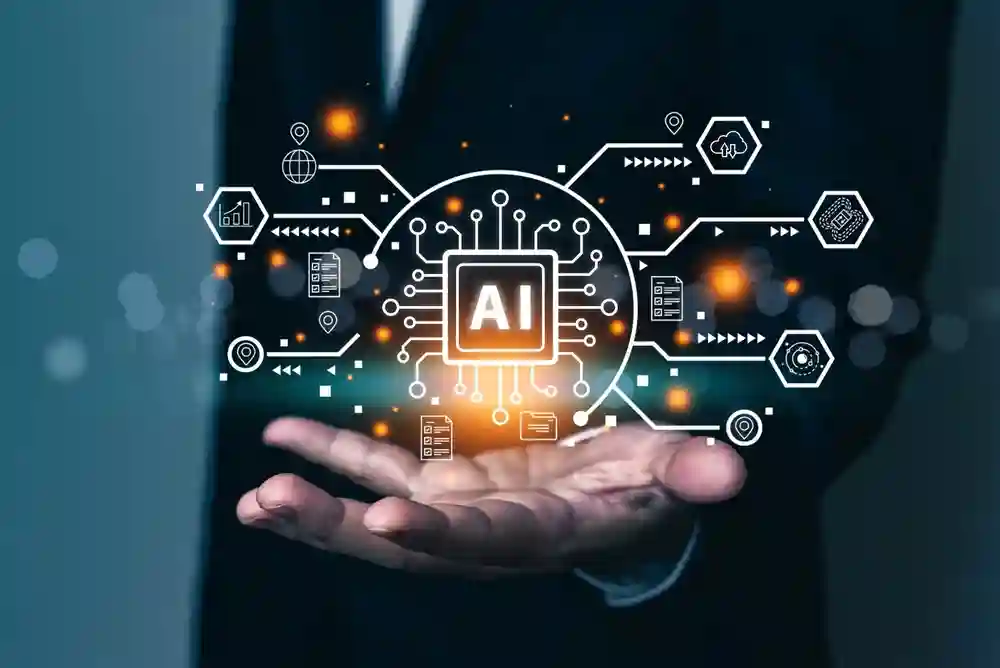
The rise of AI art is reshaping multiple facets of the creative industry. Here’s how it’s making an impact:
Breaking Down Traditional Barriers
One of the biggest shifts AI art has introduced is the democratization of creativity. Historically, creating fine art required specialized skills and years of training. Now, with tools like DALL·E and Midjourney, anyone with an idea can create high-quality art without prior artistic experience. This opens the door for non-artists to explore their creative potential and for established artists to experiment with new concepts, freeing them from technical limitations.
Collaboration Between Humans and AI
Rather than replacing artists, AI is acting as a powerful tool that complements human creativity. AI-generated art allows artists to work faster, try multiple styles and concepts at once, and refine their vision without starting from scratch. Some artists use AI to create the base of their work, then refine it further by adding their personal touch, combining human intuition with AI precision. This collaboration is becoming a vital part of many creative processes in fields like advertising, graphic design, and even animation.
New Art Forms and Visual Storytelling
AI is enabling new forms of art that were previously unimaginable. Artists can now blend mediums and styles to create interactive art, AI-generated music videos, and dynamic digital installations. The fusion of AI and art is also opening up new genres, such as AI-driven visual storytelling and interactive art, where the audience can influence the creative outcome.
The Ethical Debate: Is AI Art Real Art?
As AI-generated art continues to evolve, so do the ethical questions surrounding it. One of the most common debates is whether AI-created works can be considered “real” art. Critics argue that because AI lacks the emotional depth and subjective experience of human artists, its creations can never be truly “artistic.” They believe art should reflect human experience, emotions, and storytelling, elements that AI lacks.
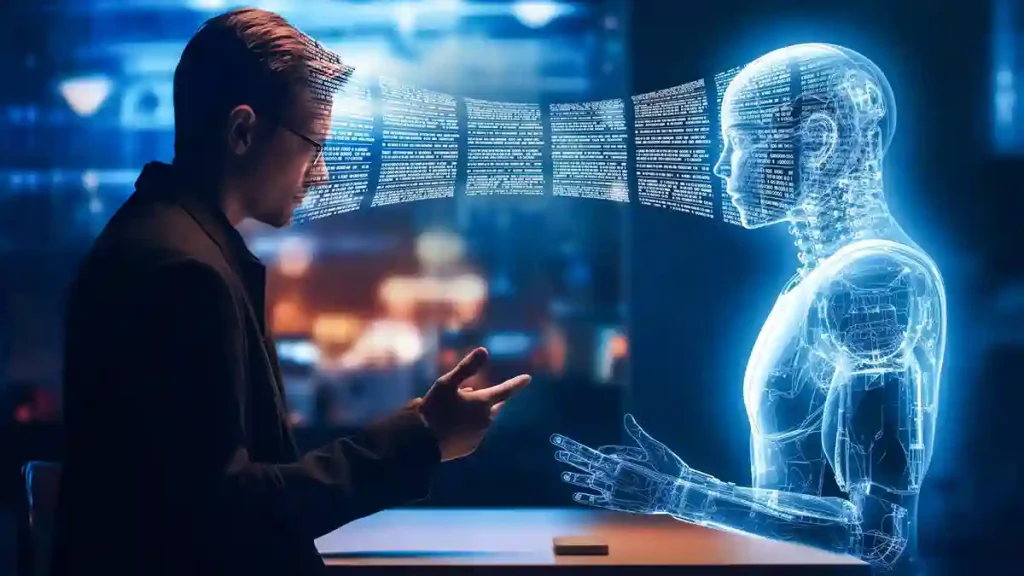
However, supporters of AI art argue that the tool used to create the art doesn’t diminish its value. Just like a paintbrush or a camera, AI is merely a tool in the hands of the creator. What matters is the intention behind the artwork and the message it conveys, whether it’s created by a human or an AI model.
Who Owns AI-Generated Art?
Another ethical concern is ownership. When an AI tool creates a piece of art based on prompts provided by a user, who owns the rights to that artwork? The debate intensifies when AI art is sold in galleries or used commercially. Should the creator of the AI model have ownership, or should the person who provided the prompts be credited as the artist? These questions are still being explored and might shape the future of AI in the art world.
The Future of AI Art in 2025 and Beyond
AI art is still in its infancy, but its potential is vast. In 2025 and beyond, we can expect the following developments:
More Accessible Tools for Creators
As AI art tools become more refined, they will continue to become more user-friendly, making them accessible to even the most casual creator. The technology will likely evolve to allow users to generate highly customized artwork with minimal input, making it easier for anyone to produce professional-level visuals.
Integration with Augmented Reality (AR) and Virtual Reality (VR)
It will become increasingly integrated with AR and VR, allowing creators to build immersive, interactive art experiences. We may see AI-generated art that can change and adapt in real time, depending on the audience’s movements or interactions, creating dynamic, personalized art installations.
AI in Film, Music, and Other Media
AI-generated art is not limited to visual art alone. In the future, AI will likely play a significant role in film production, music composition, and even video game design. AI can help create entire virtual worlds, compose soundtracks, or generate realistic CGI characters, all at a faster pace and with more complexity than ever before.
Conclusion: Is AI the Future of Art?
The rise of AI art is transforming the creative industry in ways we couldn’t have imagined just a few years ago. While it has sparked debates about authenticity and ownership, it’s undeniable that AI is reshaping the boundaries of creativity. AI art is opening up new possibilities for creators of all skill levels, enabling them to explore their artistic potential in ways never before possible.
As we move further into 2025, it’s clear that AI will continue to evolve and play a pivotal role in the art world. Whether it complements or replaces human creativity remains to be seen, but one thing is certain: AI art is here to stay.
ReadMore: Withings Product Crossword Clue – Cracked & Explained Simply


